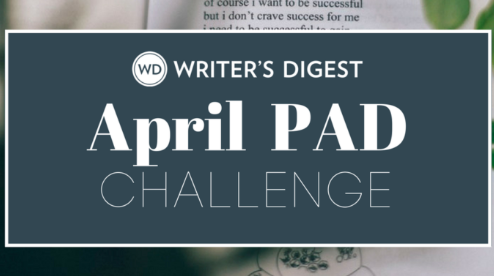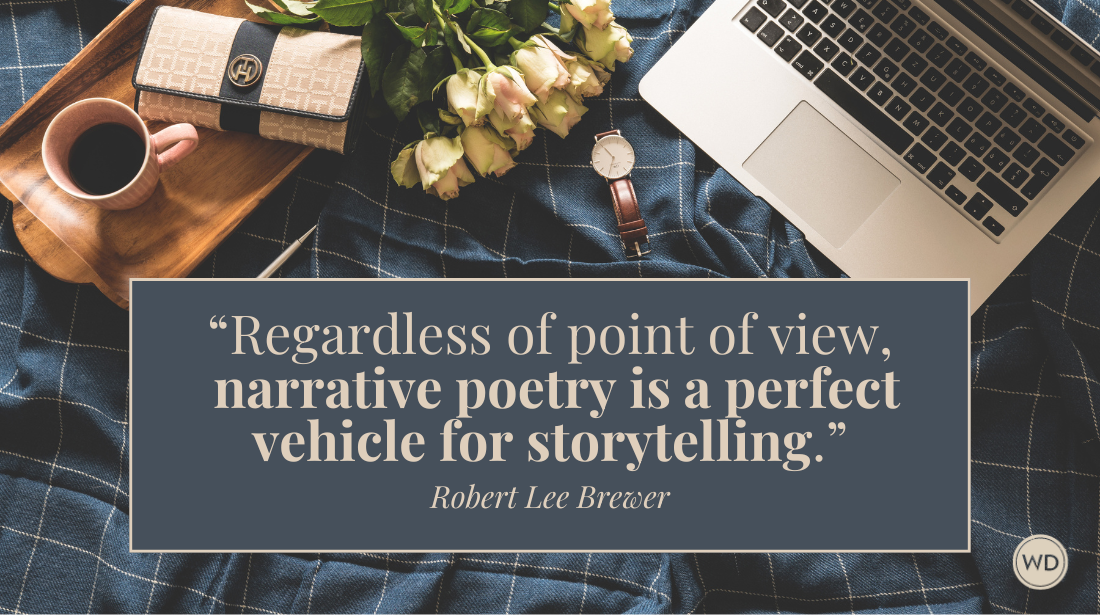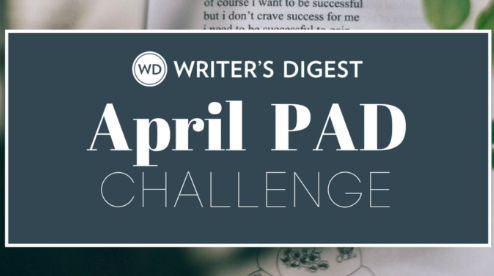Poetic Form: Qasida (Guest Post by Ren Powell)
Please welcome Ren Powell, whose most recent book is Mercy Island, New and Selected Poems–available through Phoenicia Publishing or Amazon. She is an associate editor with Poemeleon and blogs at…
Please welcome Ren Powell, whose most recent book is Mercy Island, New and Selected Poems--available through Phoenicia Publishing or Amazon. She is an associate editor with Poemeleon and blogs at http://tribeofmadorphans.com. In the following post, she introduces us to the poetic form called qasida.
*****
While I was putting together my
research proposal for the doctorate I was also working with PEN and the International Cities of Refuge Network. Part of my job
was to help promote the work of the writers being hosted by our cities. One
problem I was not understanding the aesthetics of Arab or African or Asian
poetics. The original aim of my doctorate studies was
to challenge my personal aesthetics by studying and experimenting with various
traditions outside my comfort zone. However, my "travels" both began and ended
in pre-Islamic Arabia because I became
fascinated with the ancient qasida.
Described concisely, the
classical qasida is a non-strophic, tripartite poem employing 50 to 120
hemstitch lines, monorhyme and quantitative meter with a tripartite sequence of
thematic modules. However, I found the non-mathematical, yet
still distinctive characteristics of the qasida much more interesting.
Admittedly
limited to translations and theoretical interpretations of the original poems,
and inevitably (and unapologetically) influenced by my own cultural points of
reference, I spent the first year of my studies experimenting with my
perceptions of qasida-like usage of diction and intertextual dependence.
For example, similar to
kennings, they used adjectives in place of nouns: strutting in place of
ostrich. They used telescoping metaphors that were so much fun to work with:
And this
garden
a
half-gesture
the
smooth-stiff coat of newborn
morning wet
clings to a neigh
The broad
touch of maple leaves
falls on my
shoulders
russet coaxing
(from
“Mingo Oak”)
He left a
razor in the soap dish
a slick
poltergeist
a festering
splinter
a red and white exit sign
(“Denouement” from An Intimate Retribution.)
I also
experimented with the narrative structure of the preliterate qasida. Like
the Greek ode, the qasida is divided into three parts. However, the
interrelated strophe, antistrophe and epode of the Greek ode do not correspond
to the three independent thematic sections of the qasida: the nasib, rahil and
fakrh. According to Suzanne Pinckney Stetkevych, the author
of The Mute Immortals Speak, the
classical qasida’s structure is similar to the Jungian “Hero’s Quest”:
- The
nasib is a moment of separation and
typically depicts a symbolic recognition of the “other”, which prompts the
persona into a state of agitation. - The rahil is a moment of margin and depicts a liminal state
characterized by anti-social behavior. - Finally, the fakrh is a moment
of aggregation and depicts a scene of
integration with the community.
S. Stetkevych explains that the
qasida’s narrative is a rite of passage, a transformative experience shared by
the persona, performer and audience.
Although some modern and contemporary Western poets have
written poems they call qasidas, few if any of these poems bear any resemblance
to the pre-Islamic qasida. The ghazal, on the other hand, is a derivative of
the qasida’s nasib and has been
popular among Western poets in recent years. No doubt this is due to the
quality described as “disunity”, a reliance on associative leaps into a realm
of recognition and understanding that Keats might have assigned to our
“negative capability” to simply be in
the Mystery.
According to the contemporary
Syrian poet Adonis, the author of An
Introduction to Arab Poetics, the form of the qasida was deliberately
developed to teach Arabness at a time
when the culture was resisting Persian, Syriac and Indian influences. One could
argue that the pre-Islamic qasida was, in fact, consciously designed to defy
translation or adaptation.
For this reason, I make no claims
of having created a true adaptation of the qasida. However, I have been
inspired by, borrowed and purposefully distorted some of the poetic devices
that characterize the ancient form. I figure my qasidas resemble the original
as much as the word when I pronounce it resembles the word when spoken by an
Arab speaker. I am well intentioned and respectful… and inspired. Maybe a
closer look at the ancient form will inspire you, too. I highly recommend both Suzanne Pinckney Stetkevych’s book and Jaroslav Stetkevych’s The Zephyrs of Najid.
My new book, just published by Phoenicia Publishing contains
four American qasidas: “Inner Space Qasidah”, “Bakersfield”,
“Mingo Oak” and the title poem “Mercy
Island” (which, by all
rights might be called a Norwegian qasida).
First published in Country Dog Review,
An Intimate Retribution (Wigestrand
Press) and Mercy Island, New and SelectedPoems
(Phoenicia Publishing):
Inner
Space Qasidah
I can see that nothing is solid, no matter how it appears.
from the “atomobile” script for Adventures Thru Inner Space, Disneyland,
1973
Tomorrowland has new attractions
though everything is still a shiny plastic
with sticky finger touch and mouth and
hips
and handrails hot then cold through
every shadow
That day I stood beside the
ticket-taker
and watched the people in the plastic
cars
as some climbed out and others took
their places
the cars would spin but never stop or
slow
Like luggage on a banded carousel
the people disappeared behind a wall
but reappeared inside a glass-like
tube
that tapered into shrinking into
snowflakes
Because is not a reason, but it is
Just am is blue like woozy
boat-fishing scared
my sister sat alone inside a car
a gust of air conditioning took her
The ticket-taker pointed to the tube
and winked No one really shrinks, you
know
then Mickey Mouse led me to the exit
to see my sister’s five-foot five all
still there
It’s okay, Chicken my sister pinched
my nose
she’d seen the wrong-way through a
microscope
an enormous eye was looking back at
her
her every cell the spaces in between
It’s not a long drive from Disneyland
to home but still we had to stop for
gas
the attendantpulled the squeegee over the window
he smiled—my every atom jumped orbit.
My sister’s key ring had a rabbit’s
foot
my fourth-grade science teacher knows
mitosis
I know the human body is too fluid
I hold these truths to be
self-evident.
*****
Interested in guest posting yourself?
Click here to learn how to get the process started.
*****
Learn other forms with The Poetry Dictionary!
An essential desk reference for any poet, John Drury's The Poetry Dictionary compiles poetic history, terms, and forms into one handy little book.
Robert Lee Brewer is Senior Editor of Writer's Digest, which includes managing the content on WritersDigest.com and programming virtual conferences. He's the author of 40 Plot Twist Prompts for Writers: Writing Ideas for Bending Stories in New Directions, The Complete Guide of Poetic Forms: 100+ Poetic Form Definitions and Examples for Poets, Poem-a-Day: 365 Poetry Writing Prompts for a Year of Poeming, and more. Also, he's the editor of Writer's Market, Poet's Market, and Guide to Literary Agents. Follow him on Twitter @robertleebrewer.





